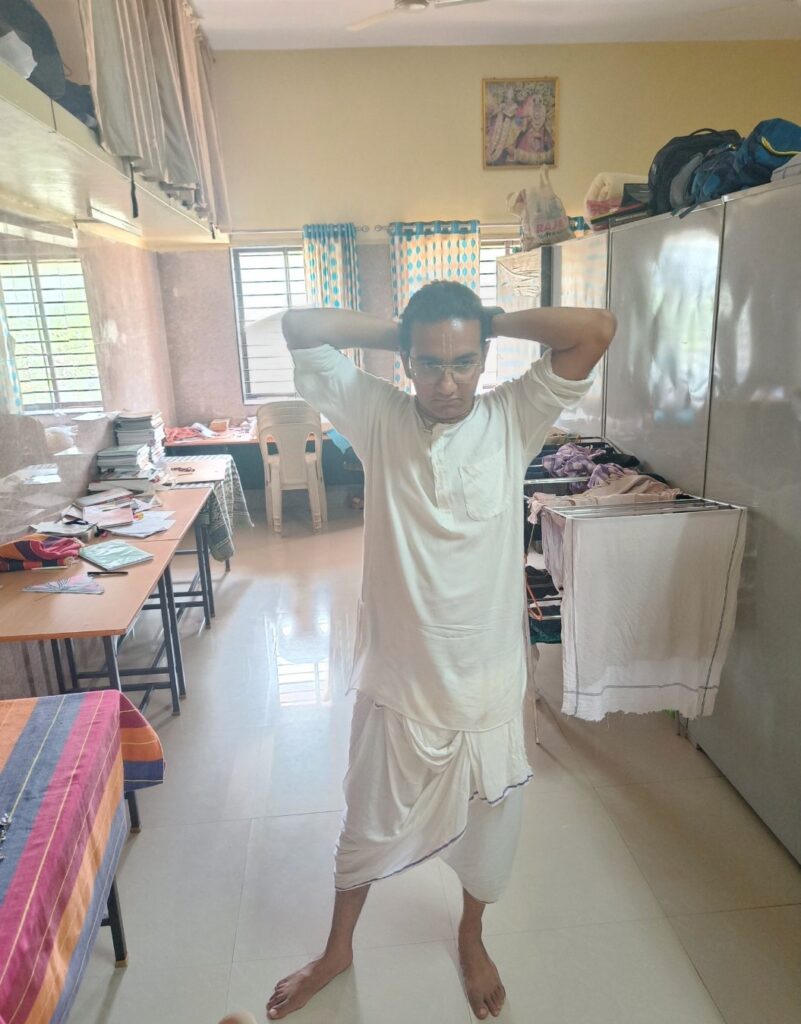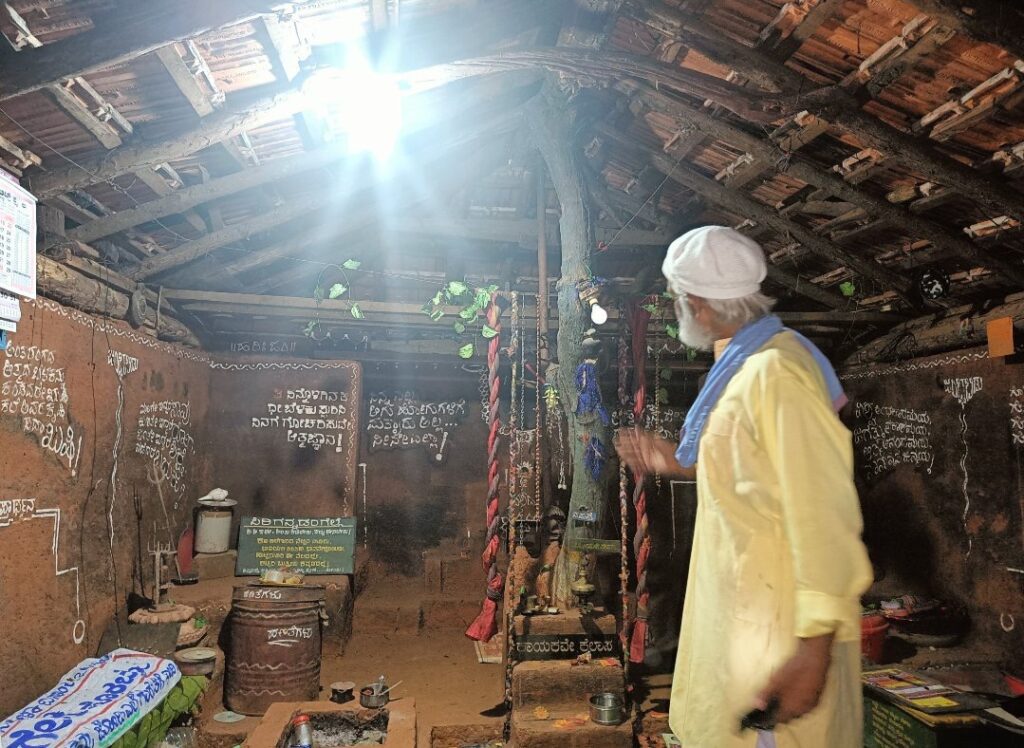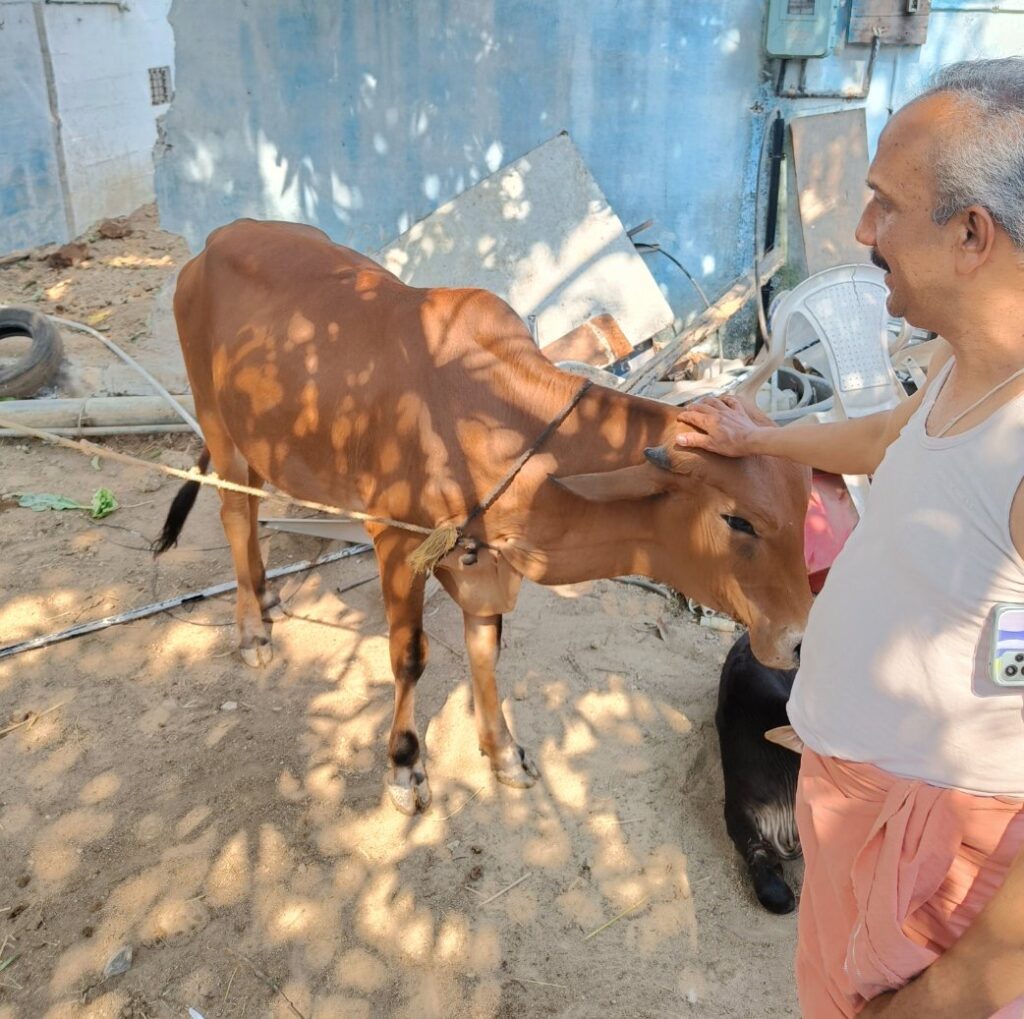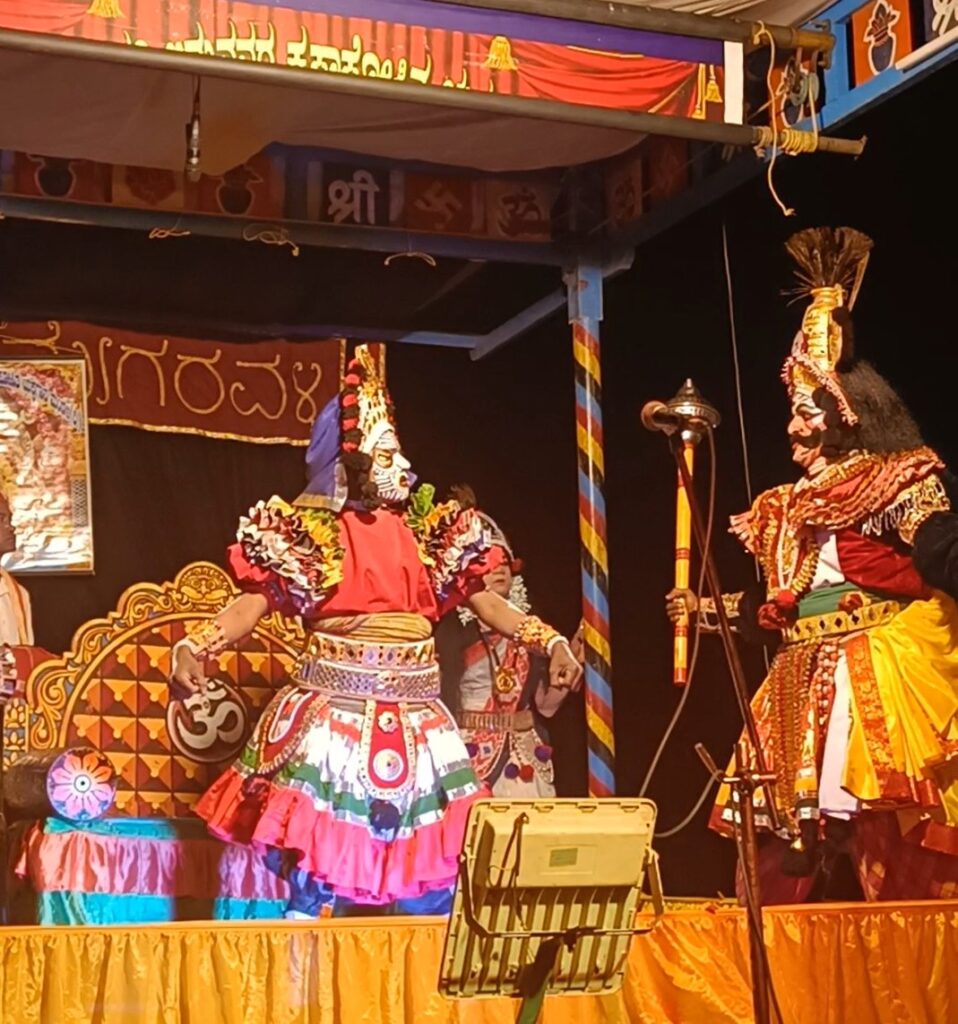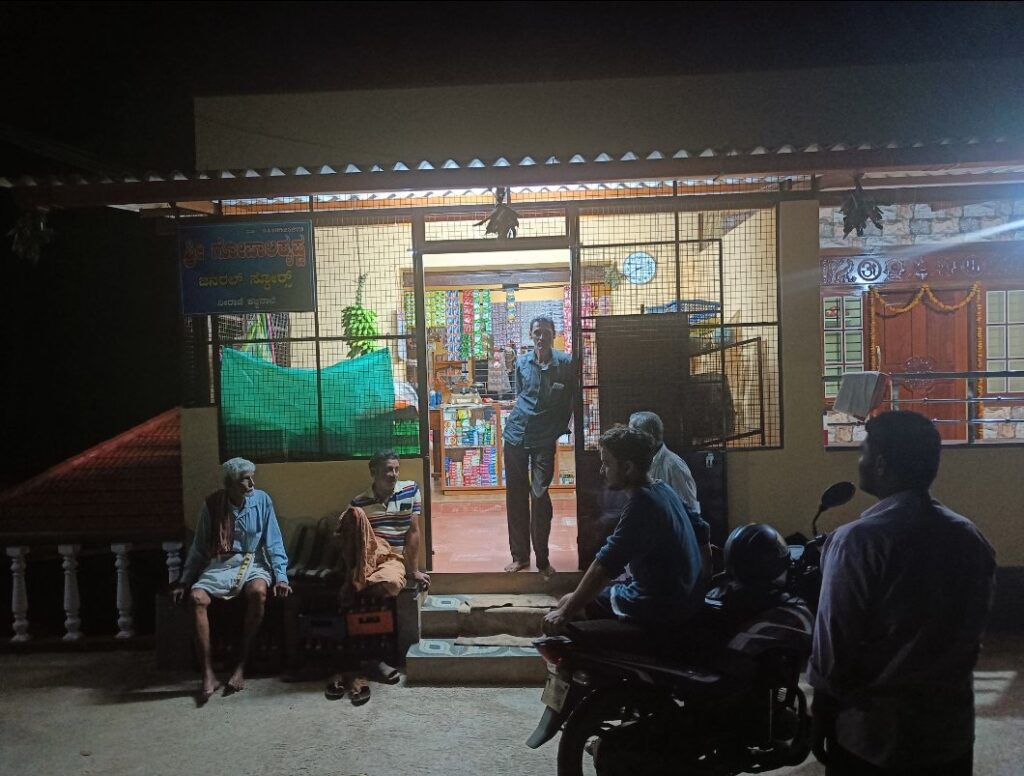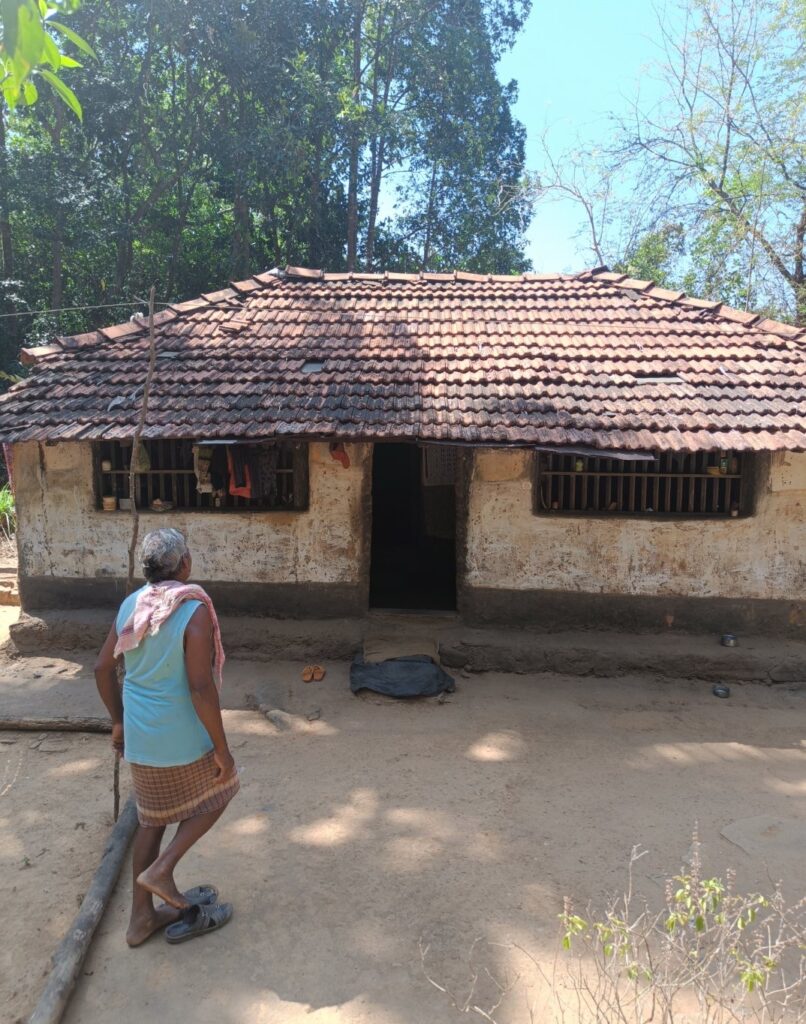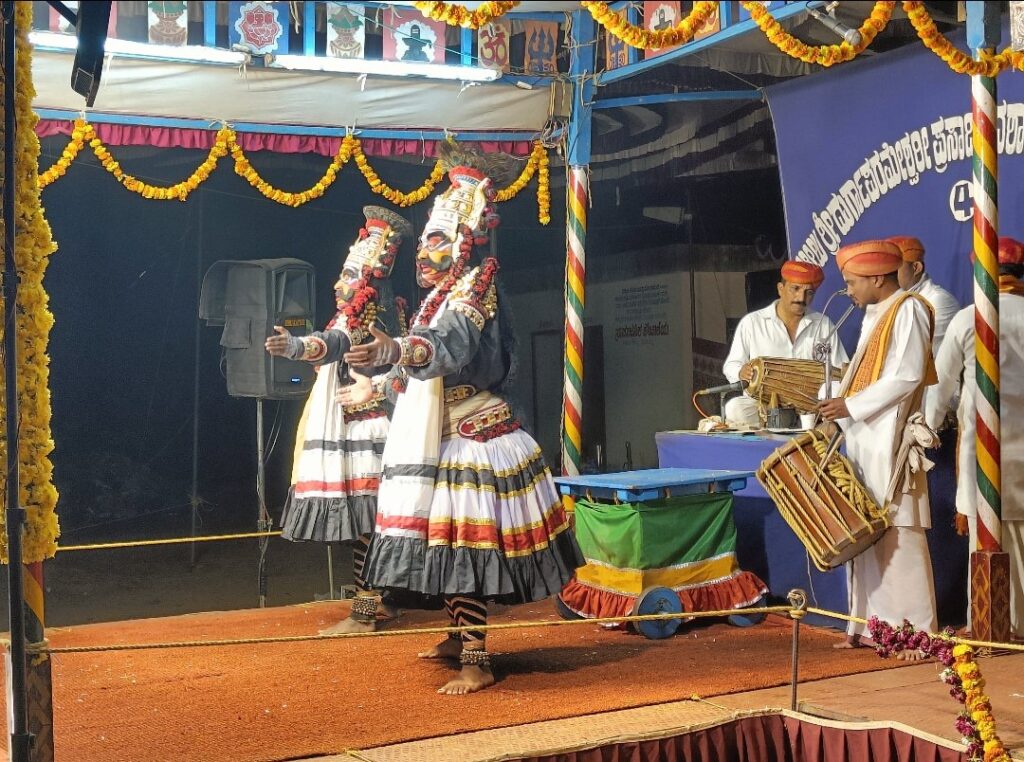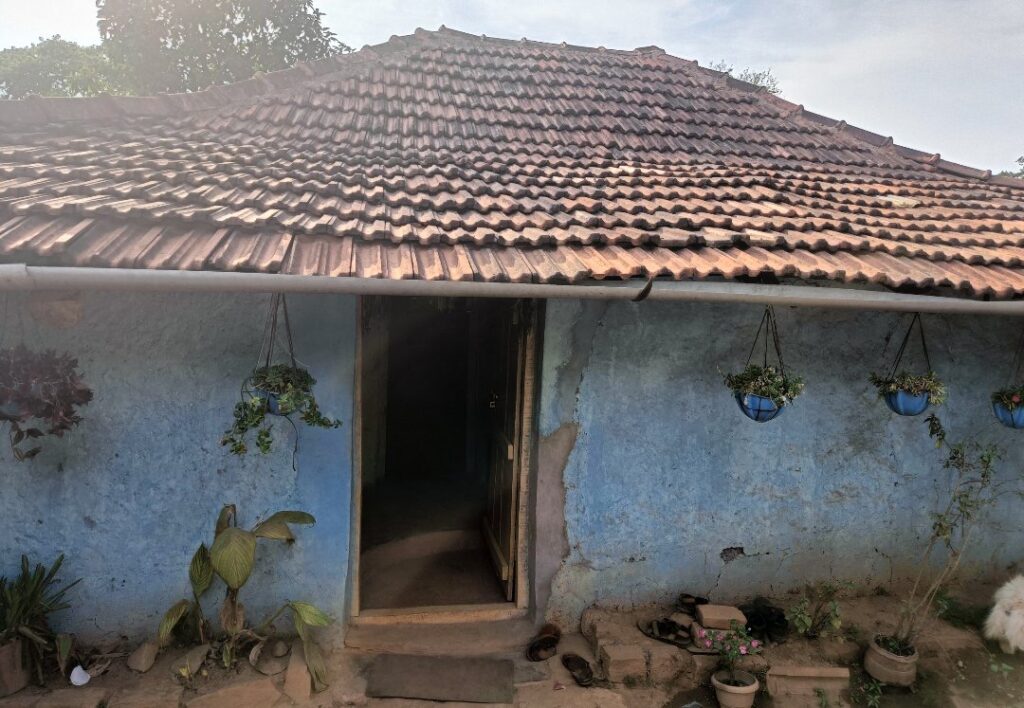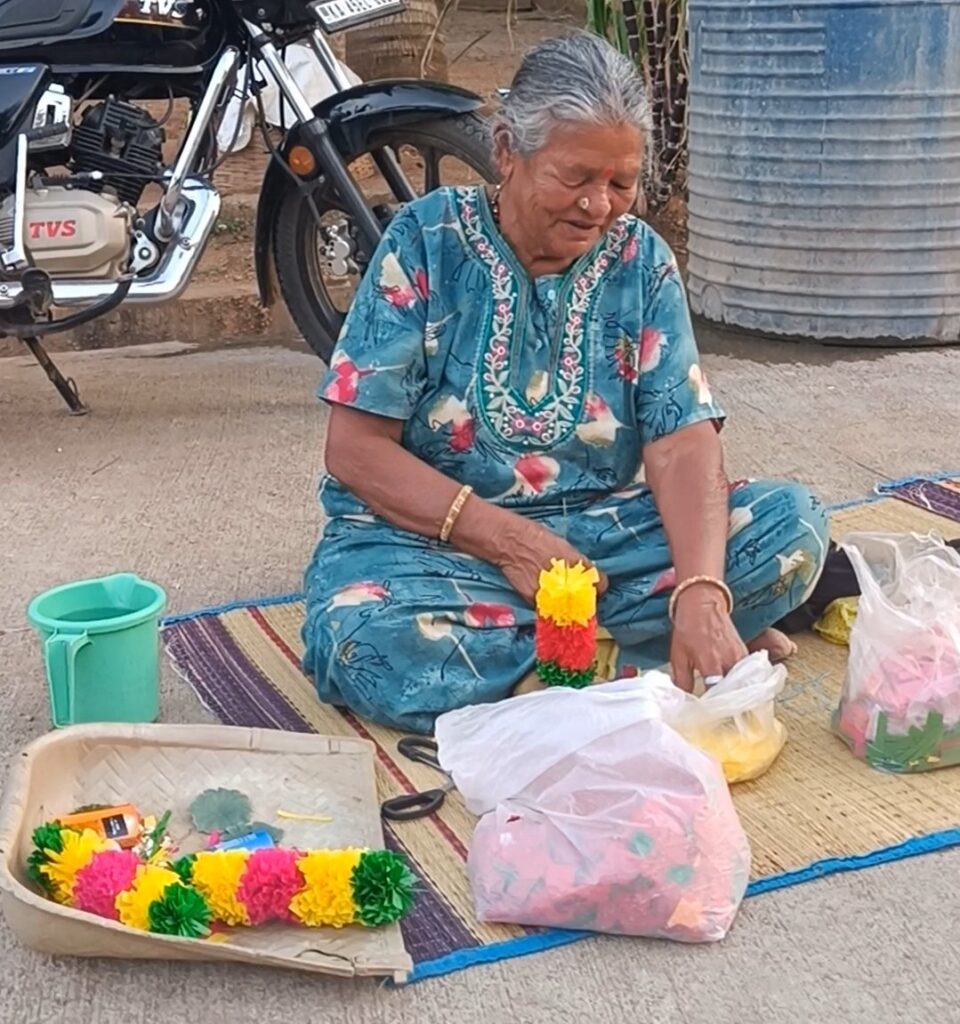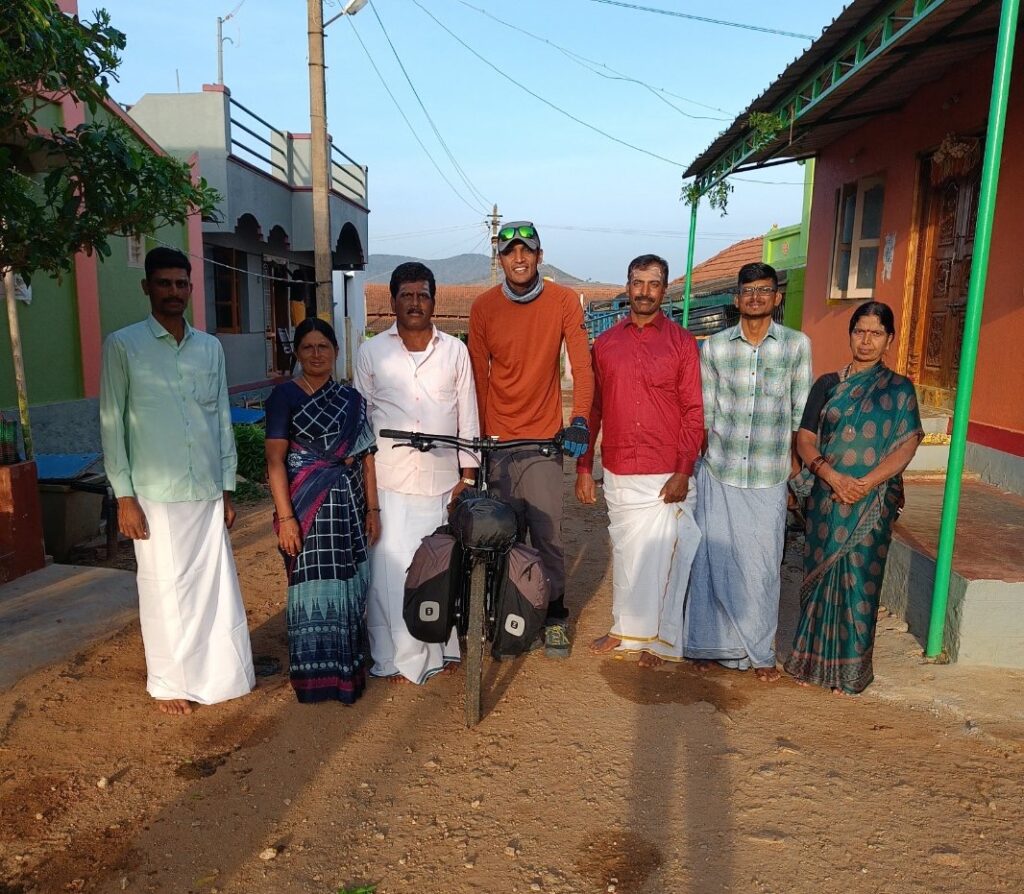How is the life of a person who regularly offers services at ISCON?
The International Society for Krishna Consciousness (ISCON) is known for its Hare Krishna movement. Concepts in Bhagavad Gita is the central theme of education to the disciples who worship Krisha as the highest form of God. The practice of mantra meditation also known as the Kirtan is a prominent part of worship. Founded in 1966 in New York by Swami Prabhupada, ISCON has received a wide audience appeal with 800 centres in India and many centres located all over the world.
My first experience with ISCON came when I was in Bangalore. A beautiful temple located on the hilltop serves as a tourist location offering tasty Prasad. Every Bangalorean would have visited the place at least once. Entering the place, subconsciously I could sense that I was being subtly requested to enrol to their programs. Being a staunch atheist back then, I figured that ISCON was not the place for me to visit.
How is the life of a person who regularly offers services at ISCON? Read More »
